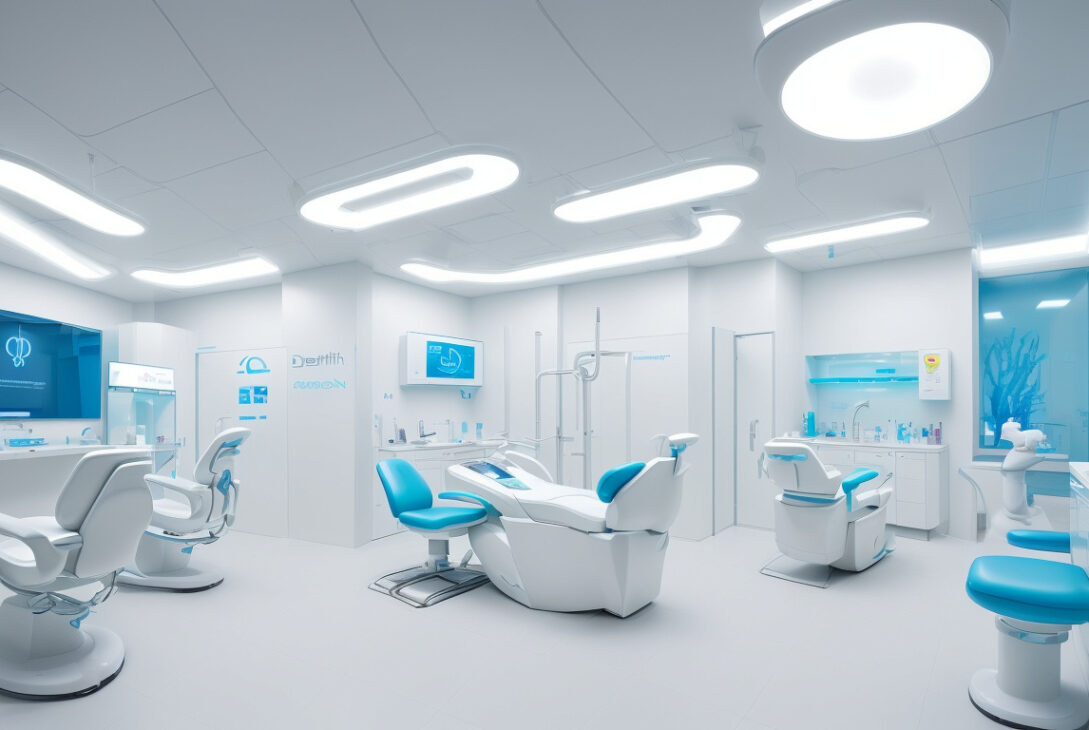Patented Antibacterial Polymer Technology Aims to Prevent Secondary Tooth Decay
A pioneering breakthrough in dental care technology has emerged through a collaboration enabled by the U.S. Department of Energy’s (DOE) Office of Science. This new invention delivers long-lasting antibacterial protection to dental restorations, potentially transforming how secondary cavities are prevented.
Innovation Originates from University of Oklahoma to Oak Ridge National Laboratory
The technology was developed by Dr. Fernando Luis Esteban Florez, a Brazilian dentist and tenured associate professor at the University of Oklahoma College of Dentistry. Driven by the need to reduce secondary tooth decay—which occurs around the margins of fillings, crowns, and similar restorations and often necessitates replacement every five to seven years—Dr. Esteban Florez envisioned a dental adhesive with robust, persistent antibacterial properties.
Recognizing the scientific and technical challenges beyond his dental expertise, Dr. Esteban Florez leveraged the DOE Office of Science’s User Facilities program. This initiative offers researchers access to specialized national laboratory resources at minimal or no cost. Through a competitive proposal, he partnered with Oak Ridge National Laboratory (ORNL) in Tennessee, gaining access to the state-of-the-art Center for Nanophase Materials Sciences (CNMS) and the High Flux Isotope Reactor (HFIR).
Developing a Revolutionary Antibacterial Adhesive Resin
Working alongside colleagues including Dr. Sharukh Khajotia, associate dean for research and innovation at the University of Oklahoma College of Dentistry, the team developed multifunctional nanoparticles with long-lasting antimicrobial properties. They modified titanium dioxide nanoparticles to produce reactive oxygen species—highly reactive chemicals capable of destroying bacteria and viruses. Unlike traditional antibiotics, these reactive oxygen species prevent microorganisms from developing resistance over time.
The nanoparticles were embedded into a commonly used dental adhesive resin. Advanced imaging and analysis techniques, such as helium-ion microscopy at CNMS and small-angle neutron scattering using the Bio-SANS instrument at HFIR, allowed the researchers to optimize the particle size, shape, and distribution within the resin matrix.
Dr. Khajotia emphasized, “Using Bio-SANS helped us observe how proteins bond to the nanoparticles and confirmed their uniform dispersion within the resin. This dispersion is critical for maintaining the adhesive’s antibacterial efficacy.”
Promising Results and Future Commercialization Prospects
For the first time in dental materials science, these antibacterial nanoparticles demonstrated effective long-term activity without the need for external light activation. The resin maintained strong antibacterial properties with well-dispersed nanoparticles that resisted clustering, a typical challenge in nanomaterial applications.
In practical terms, the technology has the potential to prevent more than 60 million restorative dental procedures annually in the United States alone, saving patients upwards of five billion dollars per year. Beyond dentistry, the versatile antibacterial polymer technology could be adapted for teeth whitening products, medical devices, and antimicrobial coatings in public spaces such as hospitals and airports.
Dr. Esteban Florez stated, “We are actively communicating with a leading dental products company to commercialize this patented technology. Its wide-ranging applications could significantly reduce bacterial and viral contamination across various fields.”
Support from the Department of Energy’s User Facilities
This advancement exemplifies the impact of DOE Office of Science’s investment in foundational research and user facility access, enabling innovation that bridges basic science and commercial products. By providing essential resources and expert collaboration opportunities, the program accelerated the development timeline by approximately six to eight years for Dr. Esteban Florez, who otherwise lacked advanced scientific training.
Looking Ahead
As secondary tooth decay continues to be a major cause of restoration failure worldwide, this patented antibacterial polymer technology represents a promising solution to extend the life of dental restorations while enhancing oral health. With ongoing efforts to bring this innovation to market, patients and healthcare providers alike may soon benefit from more durable, bacteria-resistant dental materials.
Original research and development supported by the U.S. Department of Energy’s Office of Science and conducted at Oak Ridge National Laboratory.










